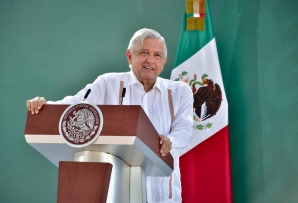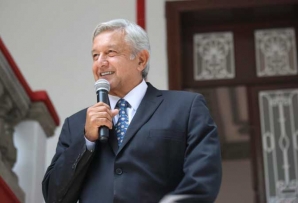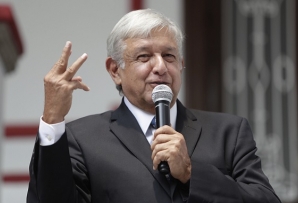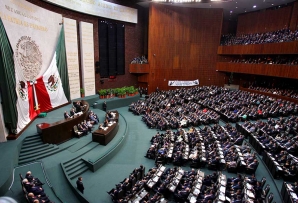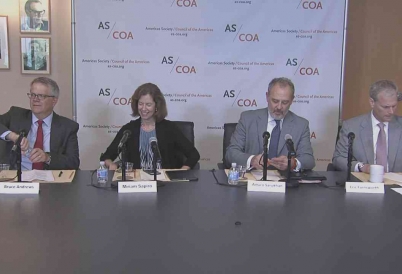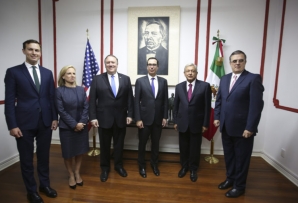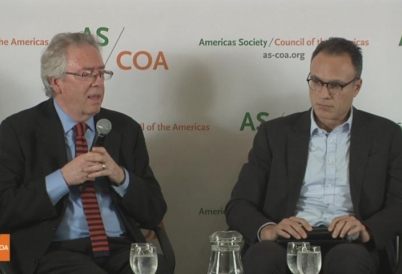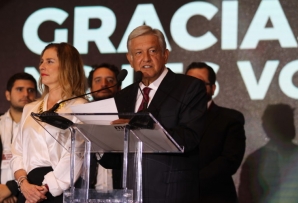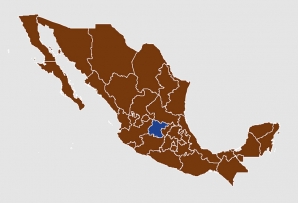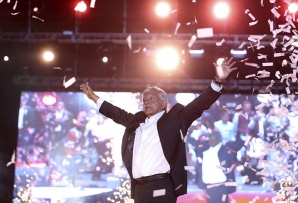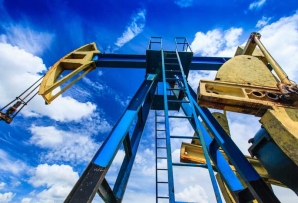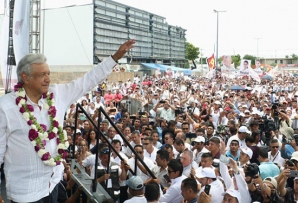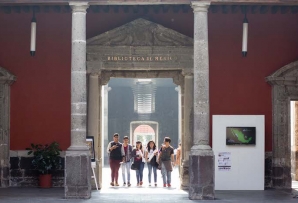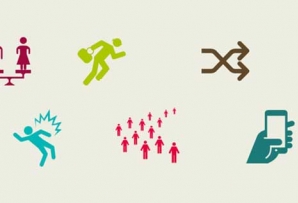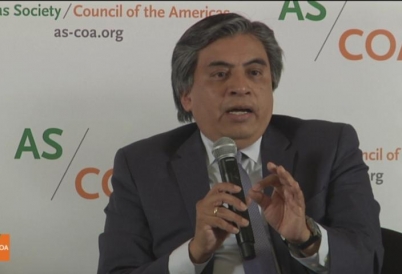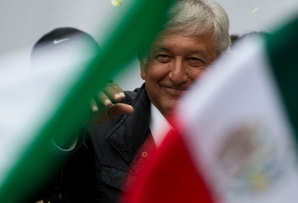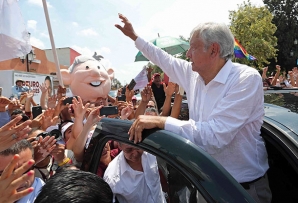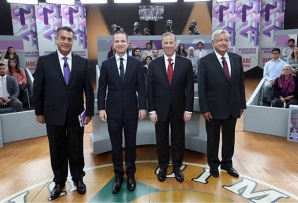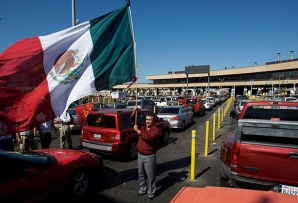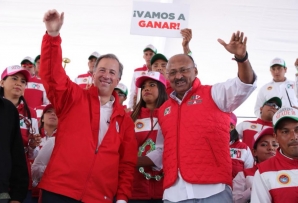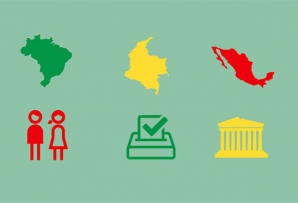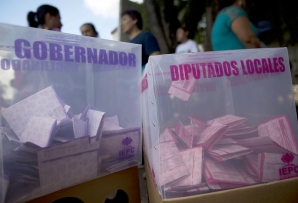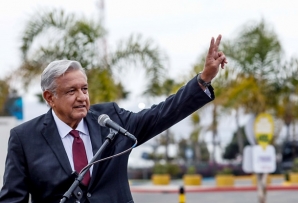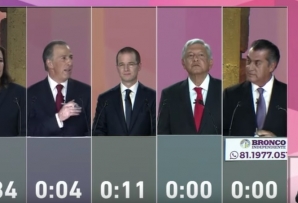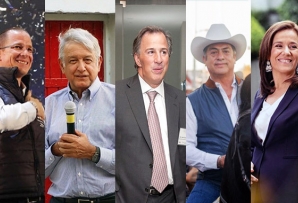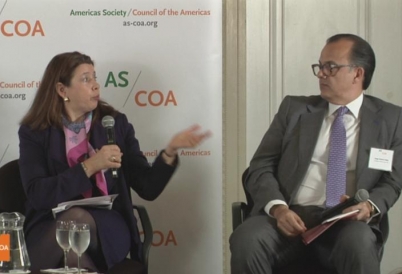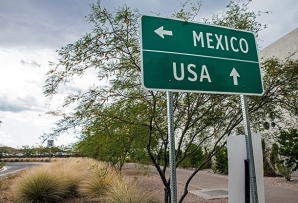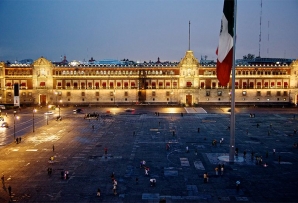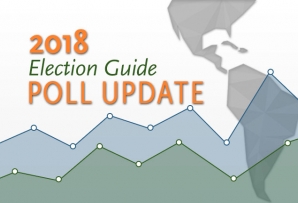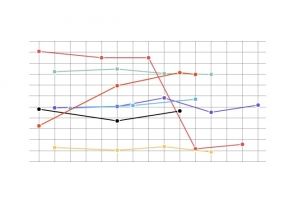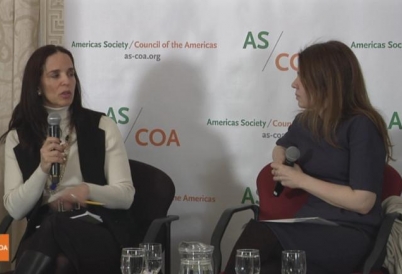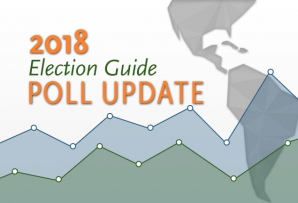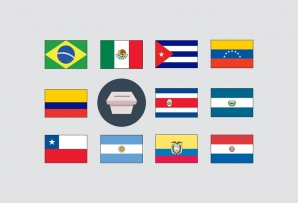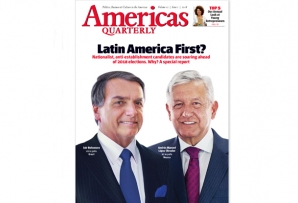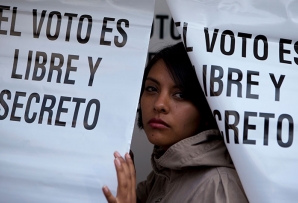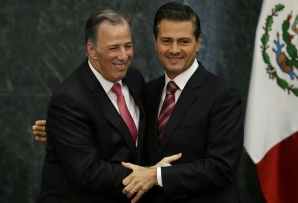A GUIDE TO
A Guide to 2018 Latin American Elections: Mexico
July 1 marked the biggest elections in Mexico’s history, given that a constitutional reform aligned federal and local election dates to increase the number of posts by 60 percent compared to the 2012 general elections. Voters cast ballots for president, both houses of Congress, the head of government in Mexico City, eight governors, and local posts in 30 out of 32 states.
But the elections were historic for reasons that went well beyond their sheer size. Mexicans—worn out by violence, corruption, and limited economic opportunities—showed their dissatisfaction with the governing Institutional Revolutionary Party. They turned out in droves for a third-time candidate, leftist Andrés Manuel López Obrador, who frequently railed against the “Mafia del Poder.” He beat his next-closest rival by roughly 30 points and, with preliminary results showing him snagging 53 percent of the vote, became the first president in three decades to win more than half of ballots cast.
His party showed strong results across the country, and the next question is how this massive shift will define Mexico’s future.
>> Find out about other elections in our main 2018 Election Guide.
Share
In Mexico, Andrés Manuel López Obrador took office December 1. Through regular updates, AS/COA covered the start of what the new leader calls the country's Fourth Transformation.
Listen: Former Ambassador Arturo Sarukhan says migration tensions will be an early test for Mexico’s incoming president. Plus, Speyside Mexico’s Amy Glover on the chances for positive change.
Three months since his electoral win, Mexican President-elect Andrés Manuel López Obrador is already taking on violence, education, U.S. relations, and a massive airport project.
Listen: With work to be done to build a counterweight, President-elect Andrés Manuel López Obrador’s party has plenty of room to push through priorities, says Odracir Barquera.
From NAFTA negotiations to Chinese relations, panelists explored Mexico’s trade opportunities under incoming President Andrés Manuel López Obrador.
So far, Mexico’s next president, Andrés Manuel López Obrador, is looking north more than south, writes AS/COA's Carin Zissis.
Mexico's next president made major campaign pledges. A panel of experts assessed if and how he can make good on his promises.
Mexico’s future president meets with Mike Pompeo, Kirstjen Nielsen, Steven Mnuchin, and Jared Kushner this week. AS/COA’s Carin Zissis explores the meeting’s context.
MORENA, the party of President-elect Andrés Manuel López Obrador, saw sweeping wins on election day at both the state and federal level.
Nine of Mexico's states held races for their top posts. The governing PRI lost all of them.
The third try turned out to be the charm for Andrés Manuel López Obrador, Mexico’s next president.
What will Andrés Manuel López Obrador's electoral victory mean for Mexico's energy sector? AS/COA's Naki Mendoza explains in About Energy.
We monitor the findings of some of Mexico's main pollsters to see how candidates are faring ahead of the July 1 vote.
AS/COA's CEO and president spoke with J.P. Morgan about what investors think about Andrés Manuel López Obrador, the frontrunner in Mexico's election.
Nación321’s Pancho Parra talks about why the youngest voters back the oldest candidate and their expectations for the future.
Here are seven numbers to know in the final countdown to the July 1 vote.
“Who is the real [Andrés Manuel] López Obrador?” This was one of the questions Dresser posited to the Mexican presidential frontrunner's economic advisor.
From polarization to ageism to the expat vote, AS/COA's Carin Zissis covers trends of note in the countdown to the presidential election.
Mexican pollster Jorge Buendía explains why Andrés Manuel López Obrador’s poll lead keeps growing, and how the election is redefining political rivalries.
We’re down to fewer than 40 days until Mexico’s election.
Amid unease over NAFTA timelines, we take a look at how relations with Washington factor into Mexico’s July 1 presidential vote.
A new PRI head, AMLO and business leaders, an ill-conceived tweet. AS/COA's Carin Zissis writes from Mexico on the latest issues shaping the races.
How significant is the under-35 electorate in Brazil, Colombia, and Mexico?
The governing PRI could lose all nine races, but it’s not the only party at risk. Here’s why these seats matter, along with potential victors ahead of July 1.
The Mexican frontrunner’s debate performances may simply be brandishing his anti-establishment bona-fides with voters.
The much-anticipated event was seen as a chance to dent AMLO’s formidable poll lead. Here’s what happened during the April 22 debate.
The presidential race is officially underway. Here's the rundown on the country’s biggest election in history.
Watch: Get insights on the truth about polls, what an AMLO victory could mean for the energy sector, and bright spots for Mexico amid a fierce electoral battle.
Mexicans won't pick their next president based on Trump tweets, but that doesn't mean bilateral ties aren't in jeopardy, writes AS Board Member Arturo Sarukhan in The Hill.
Mexicans may not place faith in government but, as a new survey shows, they trust civil society to step up. An initiative launched in March demonstrates why.
In a March El Financiero presidential poll, the PRI’s José Antonio Meade takes the number two spot by a hair, but frontrunner Andrés Manuel López Obrador now has an 18-point edge.
More people will vote in Brazil in 2018 than in all other Latin American countries combined.
AQ brought together an expert panel to discuss issues ranging from Russian meddling to fake news to the market's effects on Latin America's 2018 elections.
We’ve got some time until the July 1 election, but the race is heating up for the next occupant of Los Pinos.
Latin Americans will vote for nine new presidents in two years, along with more than 2,900 legislators.
In this new issue of AQ, we preview the region’s 2018 elections – and explain why anti-establishment nationalists are rising in the polls.
If 2017 was the year that changed Washington, 2018 will redefine Latin America. AS/COA experts explain how in our first podcast of the year.
On November 27, José Antonio Meade threw his hat into the ring. Can he beat Andrés Manuel López Obrador—and a whole host of other contenders?







